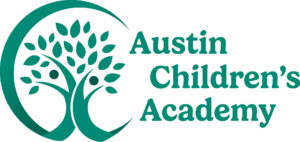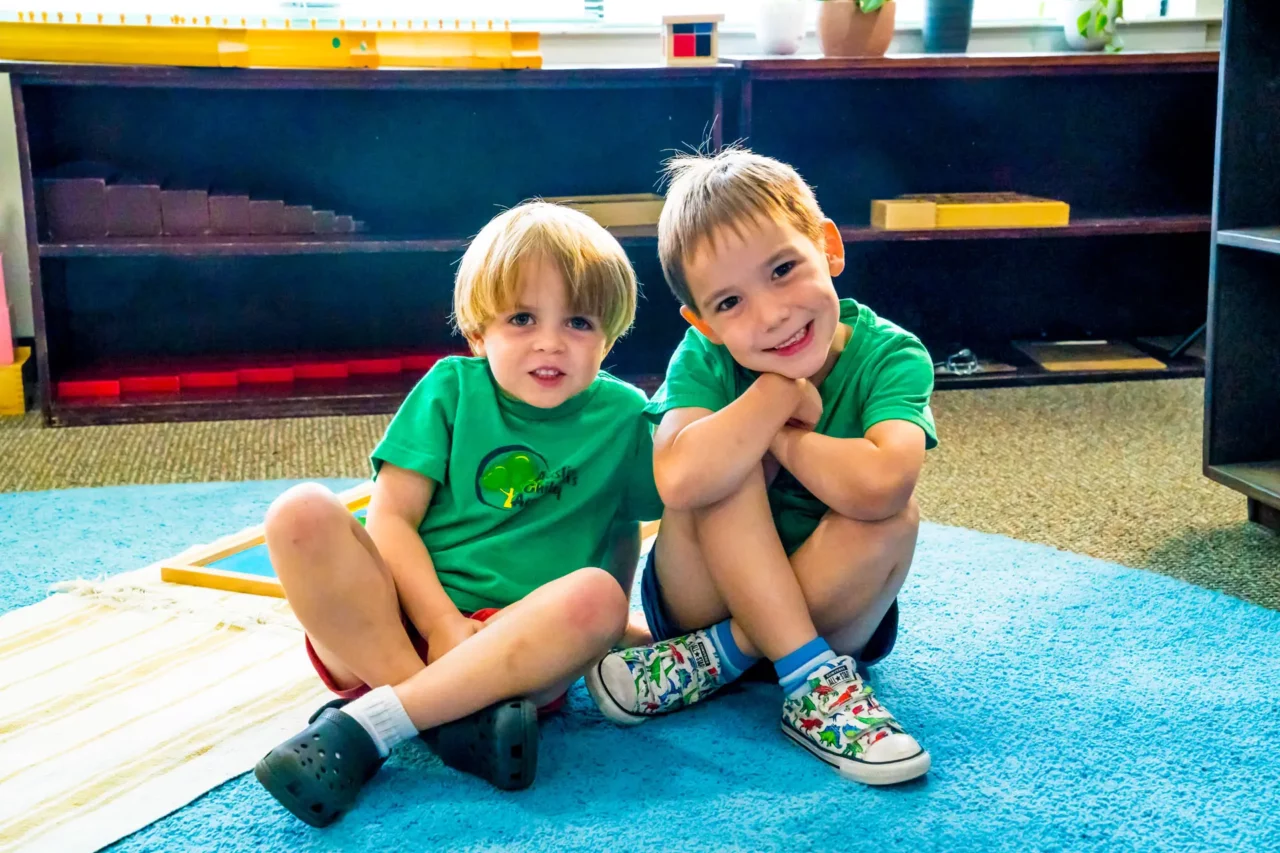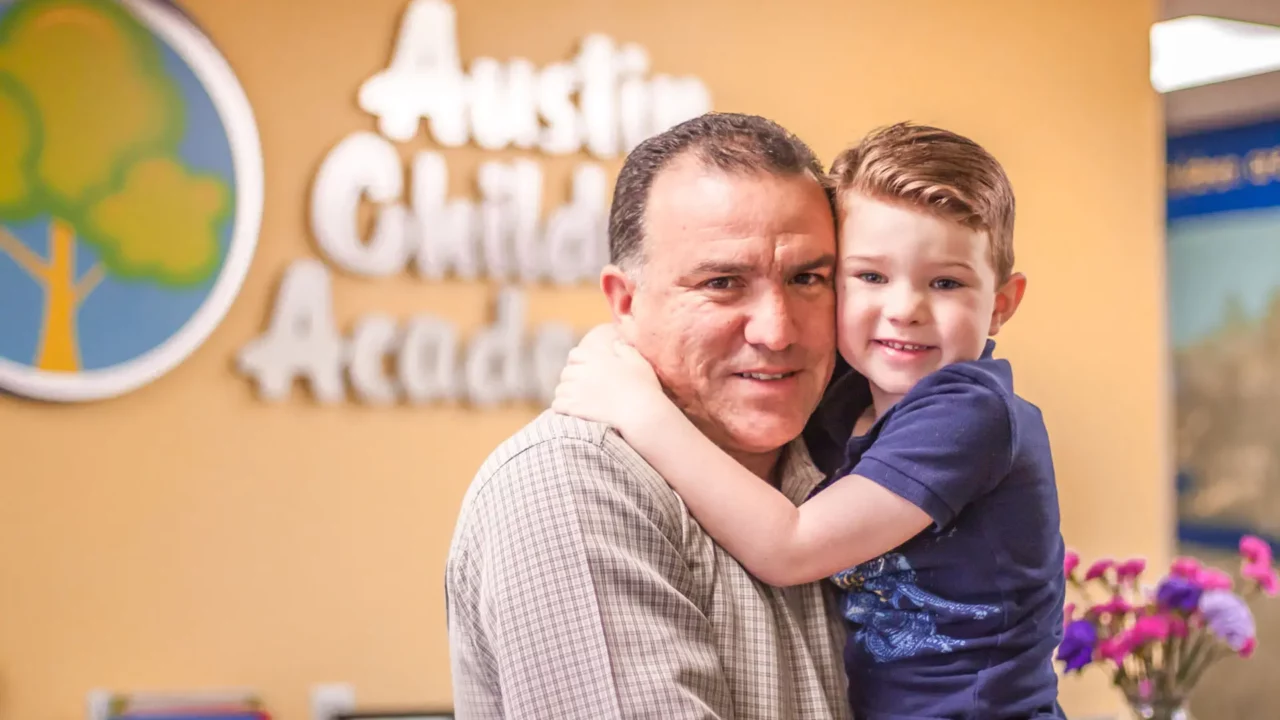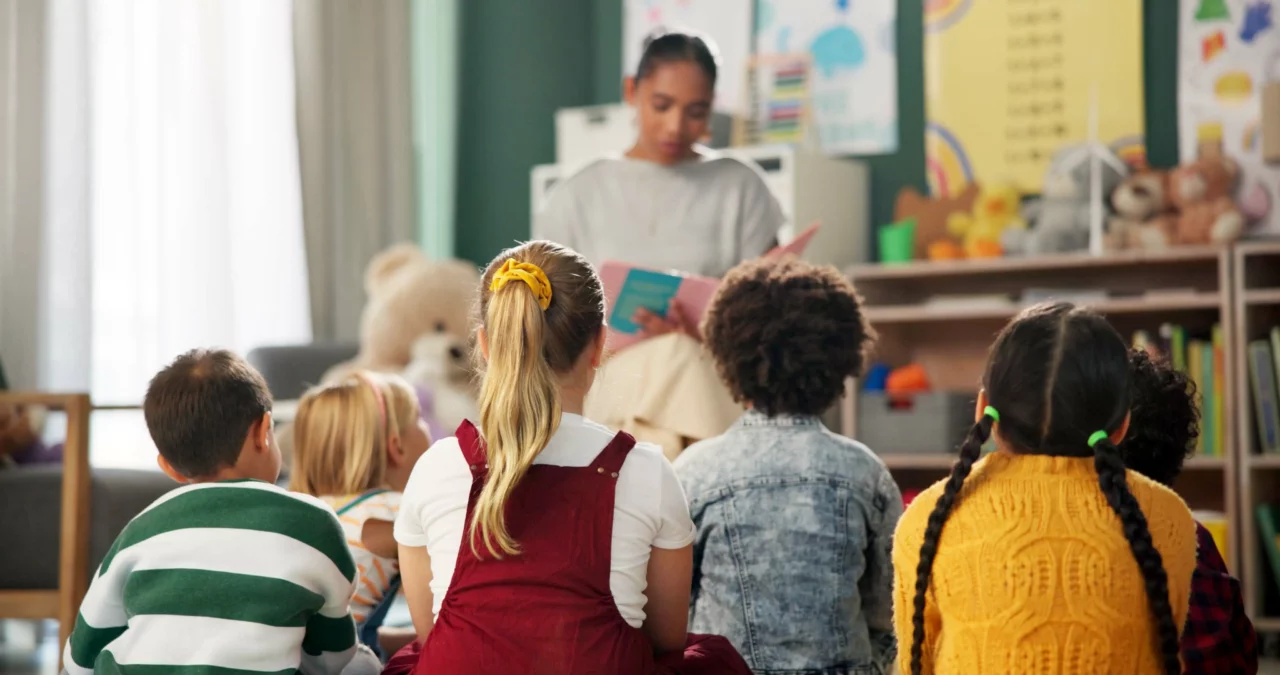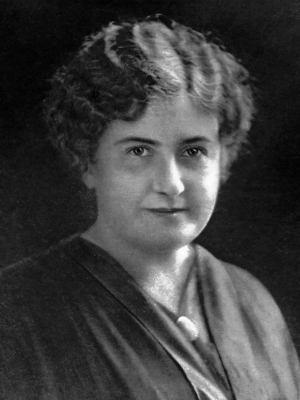
Dr. Maria Montessori, born in 1870 in a little town in Italy, became a barrier-busting force of nature long before she developed the Montessori Method of Education for which she is most famous.
Raised in a middle-class family during the Victorian era, Maria attended classes at a technical institute for boys at the age of fourteen, despite her father’s disapproval. By twenty, she’d graduated with a degree in physics and mathematics. By twenty-six, she’d gone on to medical school in Rome and became one of the first female doctors in Italy. Two years later, she became a single mother who chose not to marry so that she would not have to give up her career.
As a working physician, Dr. Montessori’s interest in childhood education was piqued by her experiences in the free clinic of her medical school. In opposition to the common prejudices of the era, she observed the natural intelligence that existed in children of all socio-economic and cultural backgrounds. Four years after graduating, she became the co-director of a new school that trained special education teachers. The school included a classroom laboratory for developmentally disabled children.
Embracing her philosophy of lifelong learning, Dr. Montessori later left that institute as well as her private practice so she could return to the University of Rome for further studies. She spent the next half-decade developing what she called the “scientific pedagogy” that would form the heart of the Montessori Method. In 1906 she put this pedagogy to work in the first Casa dei Bambini in a poor district in Rome, determined to see how her new methods would work with children who may bear the burden of poverty, but not the burden of developmental disabilities.
Casa dei Bambini was the laboratory in which the Montessori Method was refined to the point that we know it today. About fifty children were enrolled from the ages of two to seven. Dr. Montessori observed the classroom but did not teach. Over time, using those personal observations, she made some significant physical changes to make the classroom more inviting, such as:
• Bringing in child-sized desks, tables, and lightweight chairs
• Making low, accessible shelves to hold the learning materials
• Increasing practical activities like self-care, pet care, and cooking
• Expanding open areas and allowed for free roaming
She also observed the benefits that came with giving the children freedom to self-direct their own activities. She acknowledged that each individual child learned better when encouraged, rather than directed, in their personal and academic growth. Children allowed to follow their own natural curiosity also tended to self-discipline, an unexpected benefit. Developing independence, she concluded, should be the core goal of education.
Soon, journalists, pundits, and educators began to take notice. Over the next few years, several new schools opened in Italy and in Switzerland. In 1909, she wrote a book about her method. By 1919, she had given up her medical practice and resigned from her position at the University of Rome in order to focus on spreading her educational philosophy and promote teacher training.
Though at first embraced in the United States, Dr. Montessori’s method ran up against some prominent skeptics who short-circuited the movement. But after Maria Montessori’s death in 1952, her methods experienced a revival. The American Montessori Society was established in 1960, and today there are over 4000 Montessori schools in the U.S. and 7000 worldwide.
